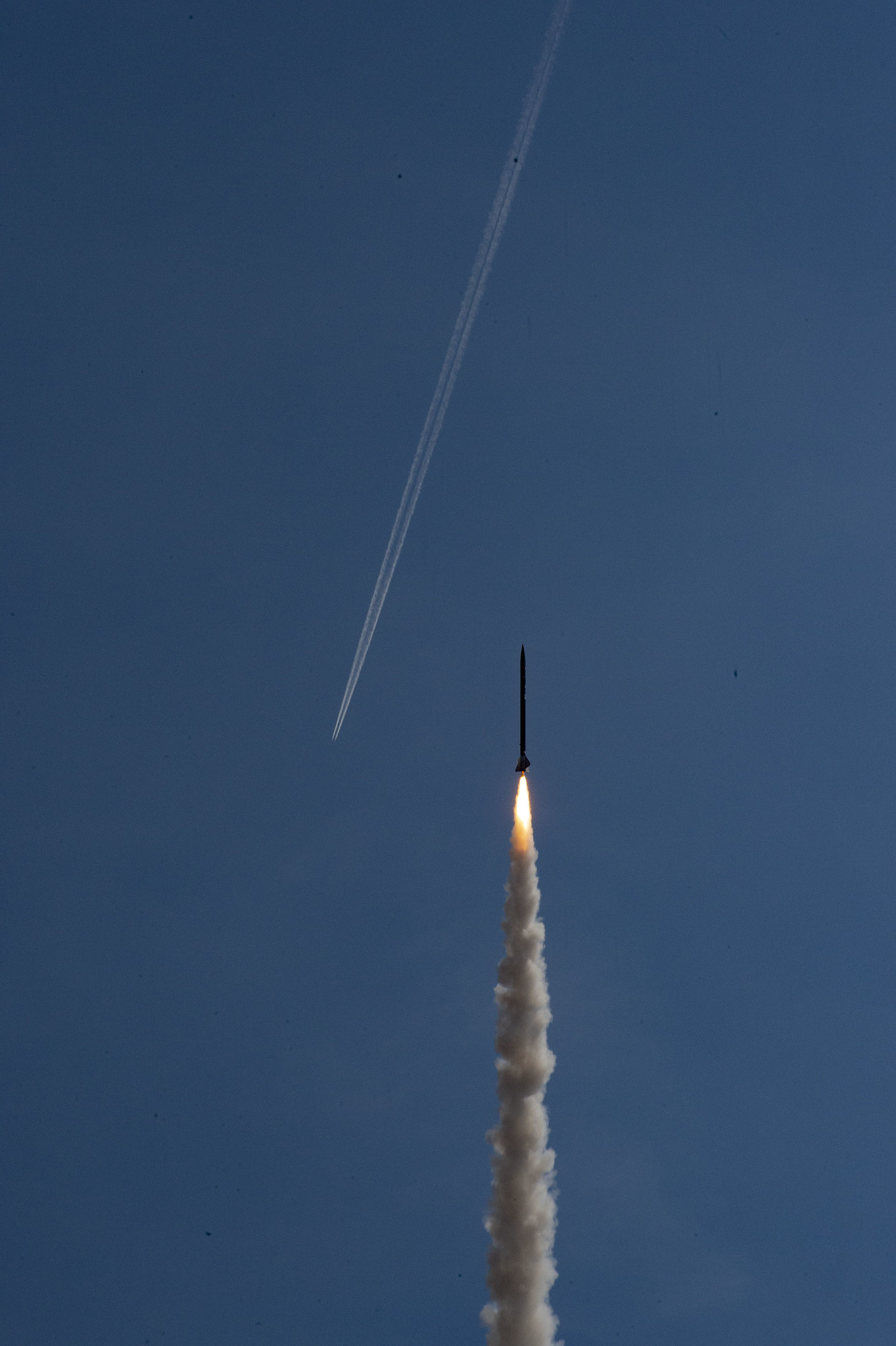On Oct. 1, NASA announced the 46 teams, representing 20 states and Puerto Rico, selected to compete in the 2021 NASA Student Launch – one of seven Artemis Student Challenges.
The eight-month challenge, managed by NASA’s Marshall Space Flight Center in Huntsville, Alabama, provides a realistic experience for middle school, high school, and college students to follow the engineering design process NASA and industry engineers use when developing and operating new hardware.
The student teams are required to design, build, test, and fly a payload and high-powered amateur rocket to an altitude between 3,500 and 5,500 feet. Teams also must meet multiple documentation and presentation milestones with NASA experts as they develop their rocket. The reports often total hundreds of pages of work by the end of the competition year.
As NASA continues to innovate its rockets and payloads, so too do the student teams competing in Student Launch.
The college/university division teams will tackle a brand new payload challenge: a lander deployed during the rocket’s descent that lands upright, or uprights itself, and levels itself to within 5 degrees of flat. Following landing and leveling, the lander must take a 360-degree panoramic photo and transmit it to its team.
Middle and high school teams can choose to attempt the college/university division payload or develop their own unique scientific or engineering payload.
Changes to competition rules have been made due to the coronavirus (COVID-19) pandemic.
Notable Changes
- Teams are permitted to use multiple video conferencing connections to attend all milestone review sessions, including the preliminary and critical design, and flight readiness reviews. This alleviates the need for all team members to be in the same room or location during their presentations to the NASA review panel.
- Teams will not be required to travel to Huntsville in April to complete the project and compete in the rocket launch, as in all previous years of the competition. Teams unable to travel and participate in person in the Launch Week activities will be permitted to complete their competition launch at a National Association of Rocketry or Tripoli Rocket Association-sanctioned launch in their local area.
Teams will continue to “call their shot” by predicting, months in advance of their competition flight, their rocket’s ultimate altitude. When teams submit their preliminary design review package to NASA in November, they will submit their predictions and target altitudes for their competition launch. The 2019 Altitude Award winning team in the college division was within 12 feet of its target altitude, while the winning team in the middle/high school division in 2020 missed its target by 7 feet.
Teams also are scored in nearly a dozen other categories, including safety, vehicle design, social media presence, and science, technology, engineering, and mathematics (STEM) engagement. The STEM Engagement Award encourages and recognizes teams for sharing their knowledge and experiences with the next generation of engineers, scientists, and explorers.
Marshall’s Office of STEM Engagement manages Student Launch to stimulate innovation and advance NASA’s Human Exploration and Operations mission through collaboration with educational institutions and students – the Artemis Generation, who will help NASA explore the Moon and Mars.
NASA’s Office of STEM Engagement furthers the agency’s goal of encouraging students to pursue degrees and careers in the STEM fields through multiple challenges, including Student Launch. NASA’s Human Exploration and Operations Mission Directorate and the Office of STEM Engagement, along with Northrop Grumman and the Huntsville chapter of the National Space Club, provide funding and leadership for the initiative. Many of the NASA and industry leaders advising the teams have an in-depth understanding of rocketry challenges because they work on the agency’s Space Launch System (SLS) rocket that will send astronauts to the Moon. The SLS Program is managed by Marshall.
For more information about NASA Student Launch, visit:
https://www.nasa.gov/audience/forstudents/studentlaunch/home/index.html
For more information about other engineering challenges NASA hosts, visit:






























